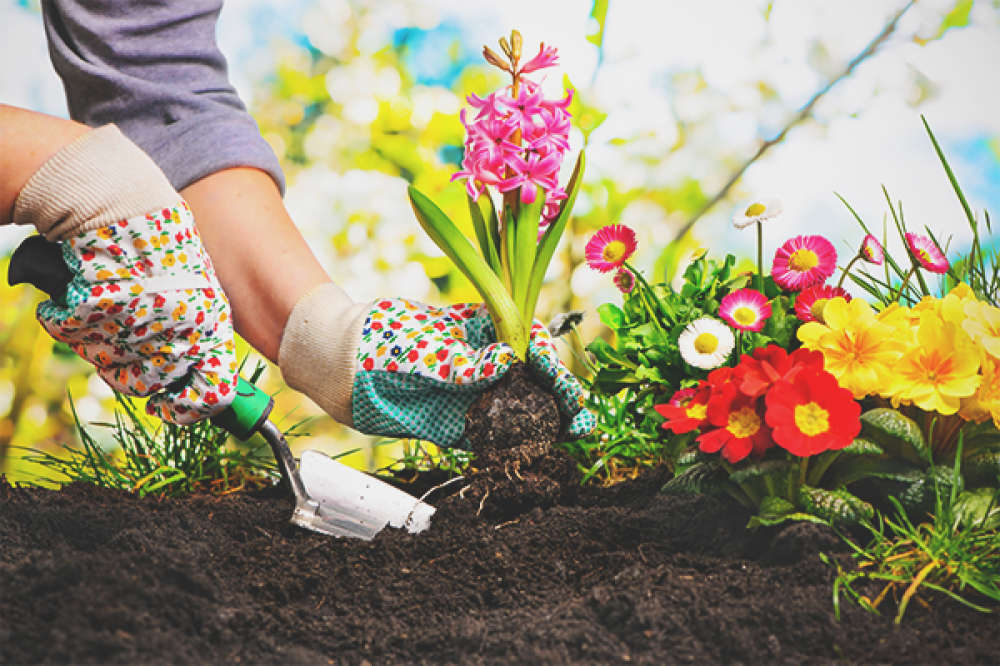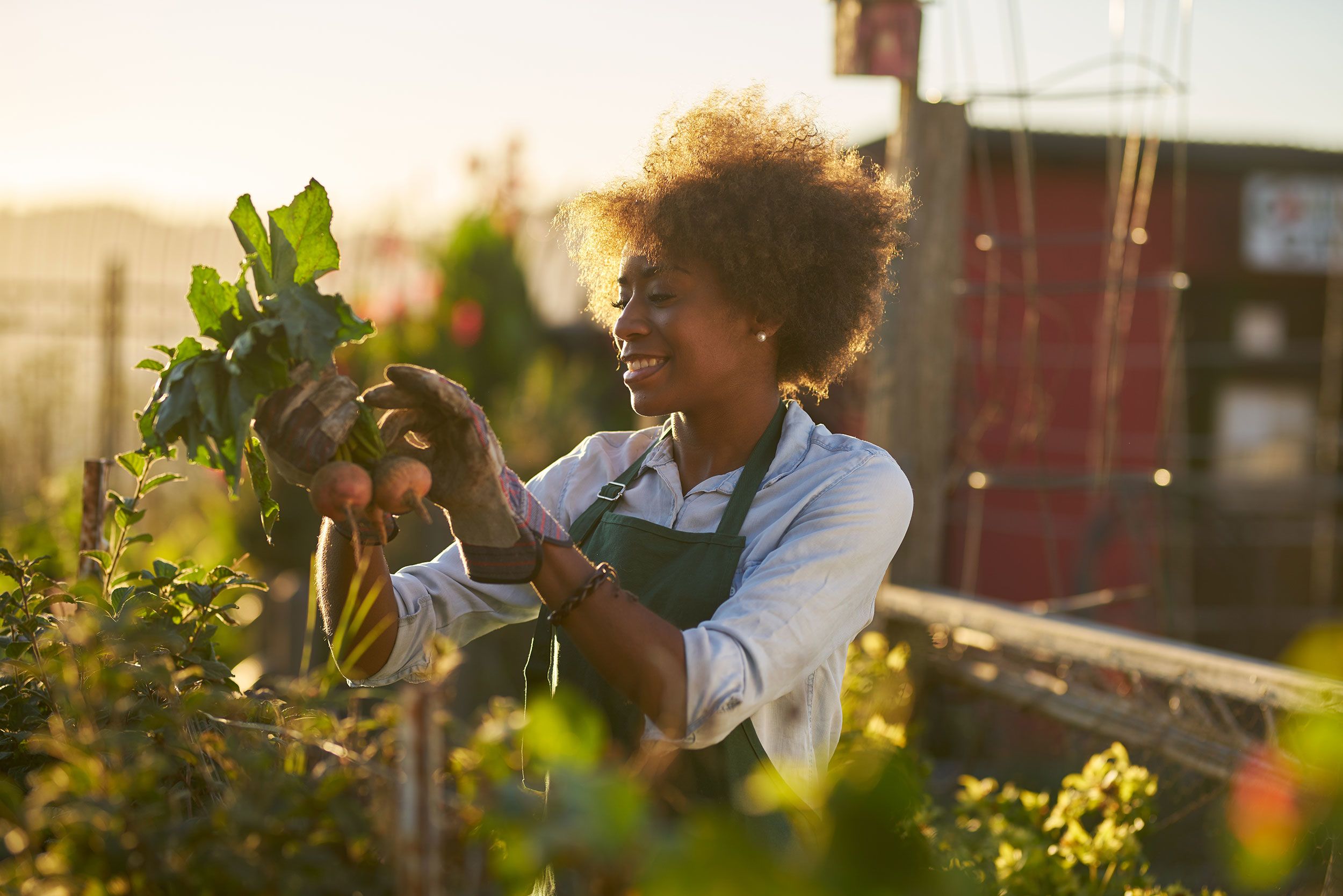Progress into a Pro: Home Gardening Tips for Beginners
Wiki Article
The Ultimate Guide to Gardening for Beginners: Detailed Tips and Techniques for Growing a Growing Garden
Are you ready to study the world of gardening? Look no additionally than "The Ultimate Overview to Horticulture for Beginners." This detailed guide will walk you with whatever you need to understand to expand a flourishing garden. From understanding your yard room to selecting the right plants and preparing the soil, we've got you covered. Get ready to release your green thumb and create a lovely, prospering yard.Comprehending Your Yard Area
To maximize your gardening success, beginning by acquainting on your own with the distinct qualities of your garden room. Recognizing your garden space is important for creating a growing yard. Begin by observing the amount of sunshine your garden obtains throughout the day. Make note of any kind of locations that are shaded and those that get full sunlight. This will help you identify which plants will prosper in each location.Following, assess the soil in your yard. Understanding your soil kind will certainly direct you in choosing the right plants and implementing suitable dirt modifications. This information will certainly aid you make informed choices concerning watering and plant placement.
These are tiny locations that might differ in temperature or moisture levels compared to the rest of your garden. Utilize these variations to your benefit by planting heat-loving or moisture-loving plants in these areas.
Choosing the Right Plants

Do you choose low-maintenance plants or are you ready to place in added initiative for high-yield plants? Assume about the amount of time, power, and sources you are ready to invest in your garden.
Furthermore, take into consideration the space offered in your garden. Take dimensions and plan out the layout of your plants. Take into consideration the fully grown dimension of each plant and see to it they have enough room to grow without overcrowding each various other.
Ultimately, assume concerning the usefulness of your plant selections. gardening tips for beginners. Will you be able to provide the necessary care and upkeep for your picked plants? Take into consideration aspects such as watering, feeding, pest control, and pruning
Preparing the Soil for Growing
Once you have actually chosen the right plants for your growing garden, it's time to dive right into the vital task of preparing the dirt for planting. Take an example and examination its pH degrees, as different plants flourish in different pH arrays.
When the soil is ready, produce furrows or holes for growing. The depth and spacing will depend on the particular requirements of your selected plants, so refer to the seed packets or plant tags for advice.
Last but not least, water the newly planted area thoroughly. This will help clear up the soil and give the plants with the moisture they need to develop themselves. As you water, be mindful not to clean away the dirt or damages the delicate plants. With appropriate soil prep work, your garden will be well-appointed to sustain the development and success of your plants.
Watering and Fertilizing Strategies
After preparing the soil for planting, it's necessary to recognize efficient watering and fertilizing methods to guarantee the health and wellness and development of your yard. One method to evaluate if your plants need watering is by sticking your finger about an inch into the dirt. When watering, goal for the base of the plants, as moistening the leaves can encourage diseases.Keeping a Healthy And Balanced Yard
To preserve a healthy garden, gardening kit for beginners you need to frequently examine your plants for signs of pests or conditions. By doing this, you can catch any concerns beforehand and take the essential actions to stop them from triggering and spreading damages to your whole garden. Look for any kind of uncommon areas on leaves, yellowing or wilting vegetation, or openings in the leaves, as these might be signs of conditions or insects. It is vital to take instant activity. if you discover any of these signs.Another method is to encourage useful pests like lacewings and ladybugs, which feed on yard pests. Planting blossoms such as sissies, marigolds, and sunflowers will certainly draw in these helpful bugs to your garden.
In enhancement to bugs, illness can likewise affect your plants. Proper spacing between plants and excellent air blood circulation can additionally assist avoid the spread of diseases.
Conclusion
By comprehending your garden area, selecting the right plants, preparing the dirt, and carrying out appropriate watering and fertilizing techniques, you can develop a growing yard. With perseverance and commitment, you'll soon be appreciating the appeal and bounty of your own growing yard.Use these variants to your advantage by planting heat-loving or moisture-loving plants in these areas.

Report this wiki page